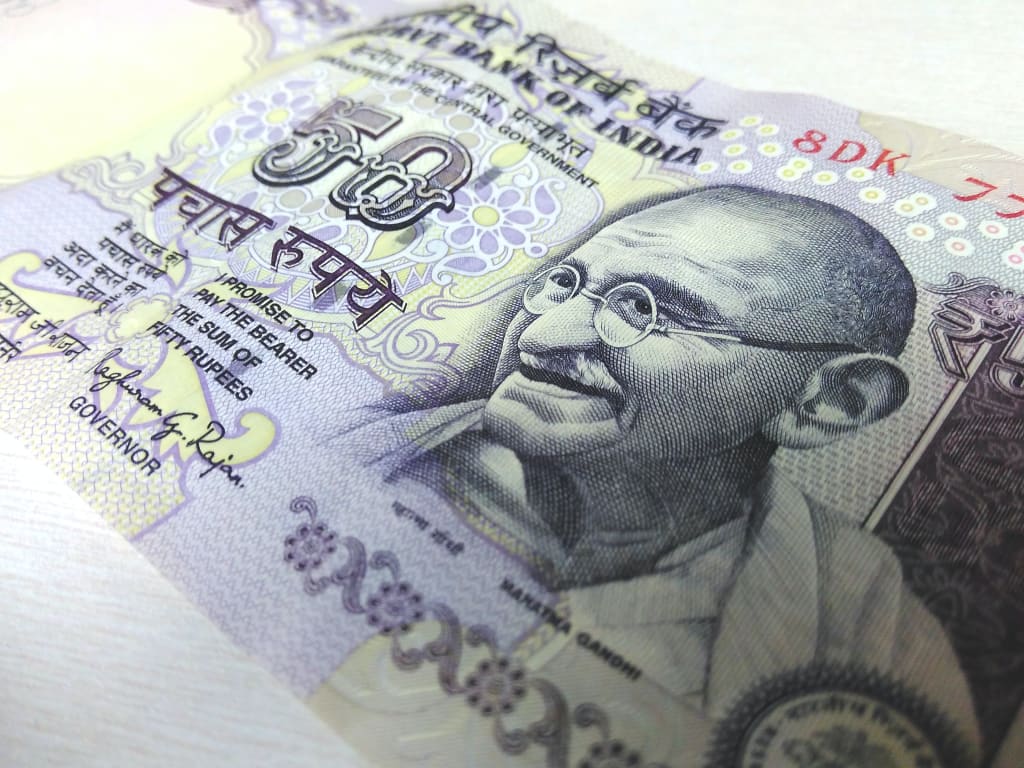Indian government's demonetization drive
to provide a simplified and time-bound process for the resolution of insolvency cases in India.

In 2016, the Indian government announced a demonetization drive, an unprecedented move aimed at curbing the circulation of black money and reducing corruption in the country. The move was sudden and unexpected, and it had a major impact on the country's economy and its citizens.
The government's demonetization drive involved the withdrawal of all 500 and 1000 rupee notes, which constituted over 86% of the currency in circulation at the time. The notes were rendered invalid overnight, and people were given a limited period to deposit their old notes in banks or exchange them for new currency.
The move was a bold and ambitious one, aimed at curbing the flow of black money and unaccounted wealth in the country. The government argued that demonetization would help reduce corruption, curb the circulation of fake currency, and promote the use of digital payment methods.
However, the implementation of the demonetization drive was plagued with issues, and the move had a significant impact on the country's economy and its citizens.
The first issue was the lack of preparation and communication on the part of the government. The sudden announcement of demonetization took many people by surprise, and the government was ill-prepared to deal with the massive influx of people rushing to exchange their old notes. There were long lines outside banks and ATMs, and many people were unable to access their own money for days.
The second issue was the impact on the informal sector, which constitutes a significant portion of India's economy. The demonetization drive hit the informal sector hard, as many small businesses and street vendors were unable to conduct their transactions without cash. The impact was felt particularly in rural areas, where the majority of the population relies on cash transactions for their daily needs.
The third issue was the impact on the banking sector. Banks were inundated with deposits of old notes, and there were concerns about the ability of the banking system to handle such a massive influx of cash. The government's decision to limit the amount of cash that could be withdrawn from ATMs and banks further compounded the problem.
The fourth issue was the impact on the economy as a whole. The sudden withdrawal of such a large amount of currency from circulation had a significant impact on economic activity, with many businesses reporting a decline in sales and a reduction in demand. The real estate sector, which has been a major source of black money, was hit particularly hard.
The demonetization drive also had a significant impact on the common man. Many people were unable to access their own money for days, and there were reports of people dying while standing in long lines outside banks and ATMs. The impact was particularly severe for the poor and the marginalized, who were already struggling to make ends meet.
In the months that followed demonetization, the government introduced a number of measures aimed at promoting the use of digital payment methods and reducing the reliance on cash. These included the introduction of a new payment system called Unified Payments Interface (UPI), which allowed people to transfer money directly from their bank accounts using their mobile phones.
The government also launched a massive drive to open bank accounts for every household in the country, with the aim of promoting financial inclusion and reducing the reliance on cash.
Despite these efforts, the demonetization drive had a lasting impact on the country's economy and its citizens. Many small businesses and street vendors were unable to recover from the shock of demonetization, and the real estate sector continues to face challenges.
In conclusion, the Indian government's demonetization drive was a bold and ambitious move aimed at curbing the flow of black money and reducing corruption in the country. However, the implementation of the drive was plagued with issues, and the move had a significant impact on the country's economy and its citizens. While the government's efforts to promote digital
About the Creator
BILL KISHORE
Storyteller, dreamer, and adventurer.






Comments
There are no comments for this story
Be the first to respond and start the conversation.